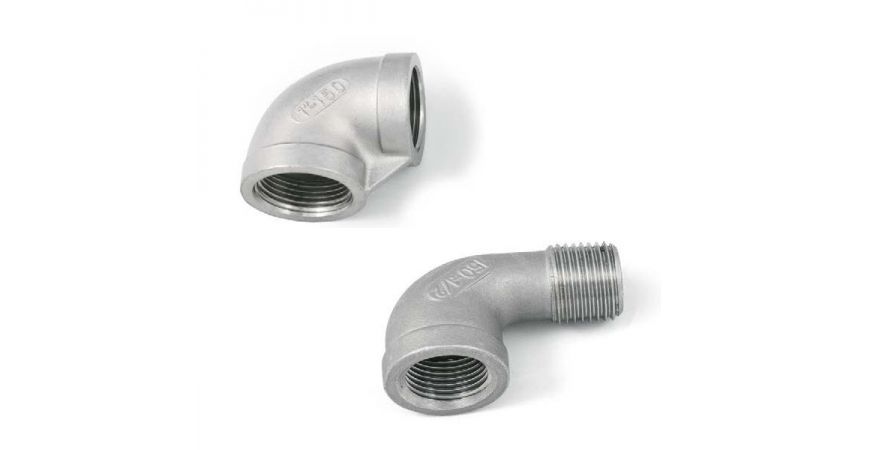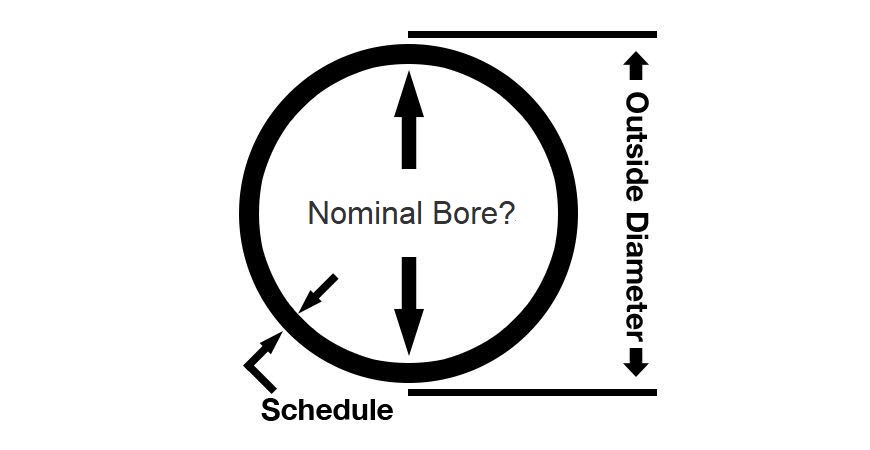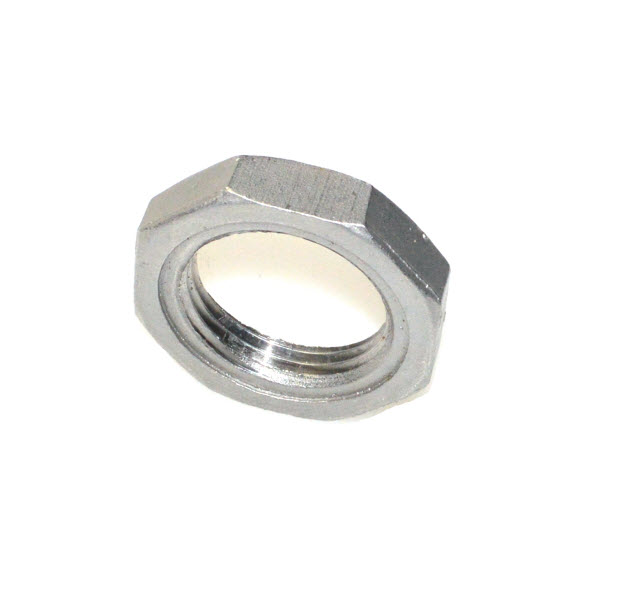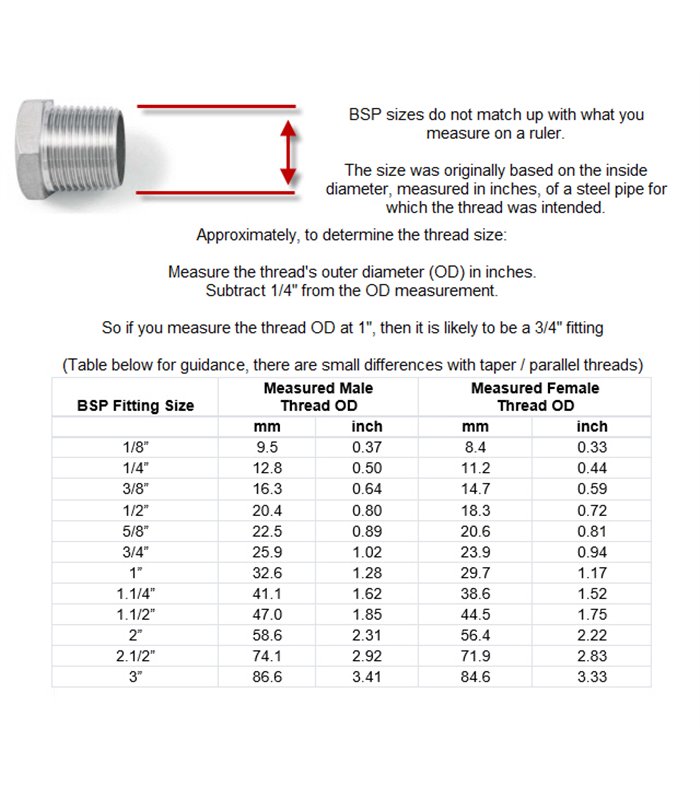
BSP Threads - Simple?
BSP Threads are internationally adopted threads to connect and seal pipes and fittings. So nice and simple?
Unfortunately not. Threads in general are not easy to decipher. You can't just measure a thread diameter and know what it is. There are many styles of thread that define the outer diameter, the inner diameter, the angle of the slope of the thread, the shape of the thread, the radius at the bottom of the thread, the distance between the threads, left hand, right hand - the list goes on. So internationally agreed standards specify these so that if you know you have an M6 male thread, you know that an M6 nut has been manufactured to fit like a glove (well, provided you also match the pitch of the thread and left / right-handedness) - the point being that these things are internationally agreed standards.
So let's look at BSP threads in particular.
What does BSP stand for?
BSP is an acronym for British Standard Pipe, and in the context of threads means that the threads are designed to work with standard pipe sizes.
So that sounds nice and easy. Measure the diameter of the pipe and away we go!
Unfortunately not, international pipe standards define pipe size by the nominal size, not the outside diameter. Now the purpose of this article is not to discuss the whys and wherefores of pipe dimensions and schedules. Suffice to stay (and keeping it simple) a pipe nominal size (sometimes called Nominal Bore, NB, NPS, Nominal Pipe Size) is generally the approximate inside diameter of the pipe. Now, this does change depending on the size. So we will focus on just one size for clarity and ease of explanation.
OK, well give me an example of how a pipe is defined.
Let's take what is commonly known as a 1" pipe (1 inch). In reality, this means that NPS is 1". NPS is the size specification. In metric, this would be referred to as 25 NB (25 nominal bore) and we know that 1" is very approximately 25 mm. So a 1" pipe is also referred to as a 25NB pipe. BUT, remember this means the approximate inside diameter of the pipe. And as we will see this internationally designed historic specification is not specifically true anymore.

What 1" / 25 NB pipe actually defines is a pipe with a 1.315" / 33.40 mm outside diameter. And it is this dimension that is specific and fixed. The inside diameter of the pipe can vary depending on the pipe schedule (wall thickness). Now because the schedule/wall thickness can vary from 1 > 10 mm (approx) for this size of pipe, that can have a massive impact on the actual inside diameter, which can vary from 15 - 30 mm!
So if I keep this in mm now for ease, in summary, a 1" / 25 NB refers to a pipe with 33.40 mm outside diameter and the inside diameter can be between 15 and 30 mm! So as you can see there is nothing you can measure concerning the defined pipe size of 1" - you have to know the specifications.
So how on earth do I know which pipe fitting to buy?
Well pipe fittings, or more specifically the thread on the pipe fitting, are defined by the pipe size not the size of the actual thread. Let's stick with our 1" / 25 NB pipe size, and consider a back nut

Now, if you know that you have a 1" / 25NB pipe, then you buy a 1" BSP Back nut to fit it. Simple - as long as you ignore the fact that when you get that nut absolutely no part of it will measure 1" because it is designed for a pipe that is 33.4 mm outside diameter, so the thread will be more like 33 mm.
Great, now I understand - What could possibly go wrong?
Well, ahem.
Many people will measure the outside diameter of the pipe and buy a nut of the same size. Let's stay with this size pipe. If someone does not know about the BSP specifications they could measure the outside diameter of the pipe/thread at 33 mm which is approximately, and very confusingly, about 1- 1/4", and yes, you guessed it, there is a 1-1/4" BSP size. But the 1-1/4" BSP definition is for a pipe with an outside diameter of 42mm - so the nut arrives at 42 mm and they think they have been sent the wrong size.
Well now I know about BSP pipe sizes I won't fall into that trap. So we are good to go?
Yes, good to go.
Really?
No, I lied. There is an added complication. Any given BSP thread size actually comes in two flavours - parallel threads and taper threads. Parallel threads have a constant diameter along the length, and taper threads get gradually smaller / larger along the length.
OK, well you better explain that to me.
Parallel threads (Sometimes called Longscrew threads). These do not provide a pressure-tight joint so should be used in conjunction with an 'o'-ring or washer to provide the seal. Usually denoted with the letter 'P' for parallel (or sometimes 'G', or 'Rp' subject to some debate, but G seems to come from Germany and stands to Gas. The main thing to understand with these is that they do not give a guaranteed pressure-tight seal. You will see these referred to as BSP, BSPP, BSP-P, G, Rp and possibly a few other designations.
Taper threads (sometimes called Jointing threads). These are pressure-tight which is made through the mating of two threads together. The joints always use a taper male thread but can have either parallel or taper female threads. The taper means the threads get tighter and tighter are you fasten them, which provide the seal. These type of fittings are usually pressure rated (150 lb is the most common). These are usually denoted with the letter 'T' for taper (or sometimes 'R' or 'Rc', again subject to debate but the suggestion is that R is German for Rohr - which means Pipe. So you will see these referred to as BSP, BSPT, BSP-T, R, Rc and possibly a few other designations.
Let me get this straight then, I have to match the nominal pipe size to the fitting size, and then determine if I need a taper or parallel thread?
Yes - simple!
Well, I would not say simple, can you help me out?
Yes, of course. All of our products have "Taper Threads (BSPT / R Thread)" or "Parallel Threads (BSPP / G Thread)" in the title and description - and all have this image to show how the threads should be measured

And you can find our full range of high-quality stainless steel fittings here: BSP Pipe Fittings
